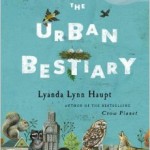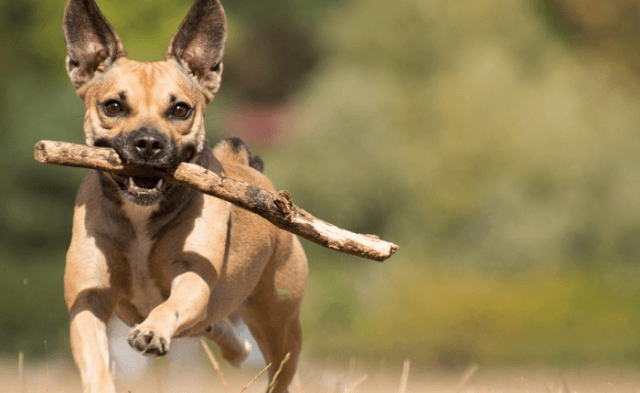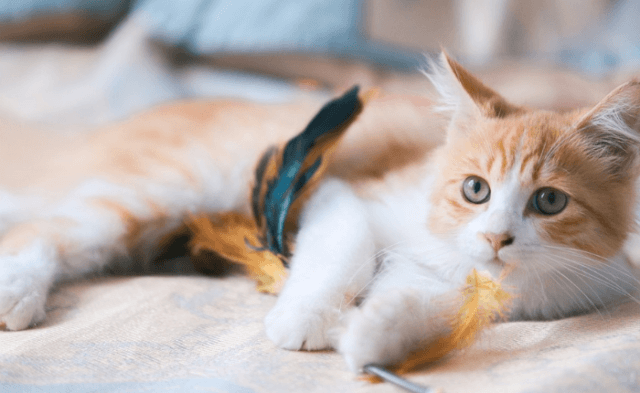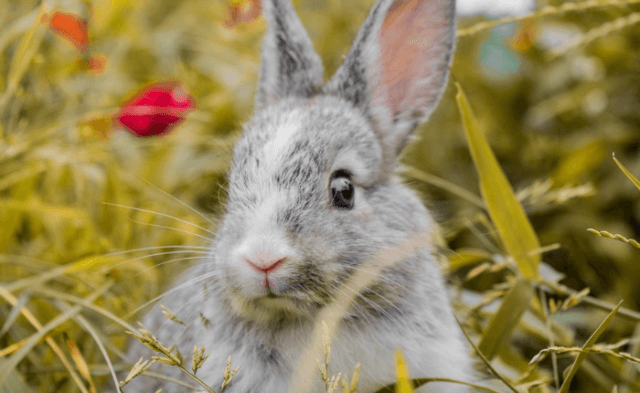
In fact, these are recurring themes in all of naturalist Haupt’s books. (This is her fourth and the third that I have read.) In The Urban Bestiary, she sets out to remind readers that even those of us who live in the densest cities regularly cross paths with animals—whether we are aware of them or not. In her gentle manner, Haupt argues that developing an increased awareness of these animals—be they coyotes, squirrels, or rats or starlings, pigeons, or crows—will benefit both us and them.
Here are a few things that I learned about our urban neighbors while reading this book:
Moles in a garden are far more beneficial than they are harmful. Moles eat insects and their larvae and can prevent harmful insect outbreaks, and they help to till, aerate, and fertilize the soil. Haupt says that mole traps “look like medieval torture devices,” and she cautions that killing one mole will only make room for another mole to move in: “Unless we want to live vigilant, outlaw, mole-killing lives forever, we might as well just keep the mole we have.” She repeats this advice against killing “nuisance” animals throughout her book.
Opossums have five hours of REM-cycle sleep a day, suggesting that they dream and do so more than humans do. And opossums are smart cookies. They outperform domestic dogs on certain task tests, and they are thought to be about as intelligent as pigs.
For another reason why trap-neuter-return is a bad idea, cougars (also called mountain lions) can contract feline leukemia if they eat feral cats who are infected with the disease.
Starlings are skilled mimics and can passably imitate other birds, human speech, jackhammers, and cell phones. Male starlings sometimes decorate their nests with bits of foil, colorful paper, and ribbon, presumably to impress their mates. And while some people dislike starlings, along with house sparrows and rock pigeons, because they are nonnative species, Haupt says that “these birds aren’t here because they have chased away everything else; they are here because we have chased away everything else, because there are so few other species capable of living on little besides concrete and car exhaust and bread crumbs.”
Recent research has revealed that chickadees have astonishingly complex alarm calls that include information about the type of predator that has been spotted, the animal’s size and location, and the perceived level of danger. Perhaps even more remarkably, other species of small birds seem to understand chickadee language and will respond to these alarm calls accordingly.
The only problematic chapter in The Urban Bestiary, from a PETA standpoint, is about backyard chickens. Haupt and her family keep a small flock, which is not something that PETA endorses (and Haupt herself says that she is “not suggesting everyone run out and get chickens. Far from it”). All too often, people who acquire chickens realize—too late—that caring for them is far more challenging and complicated than they had thought, and the birds suffer as a result. Many end up getting dumped at already overburdened animal shelters. Conflicts can also arise with neighbors who view the birds as a nuisance: In late July, a Massachusetts firefighter was arrested and charged with killing 11 of his neighbors’ chickens after he reportedly fed the birds pellets laced with rat poison.
But I wouldn’t let this one chapter stop you from enjoying the rest of The Urban Bestiary. Anyone who takes Haupt’s message to heart will surely come away with a greater respect for—and tolerance of—our wild neighbors.
Have you had a memorable encounter with your animal neighbors? If so, tell us in the comments.





